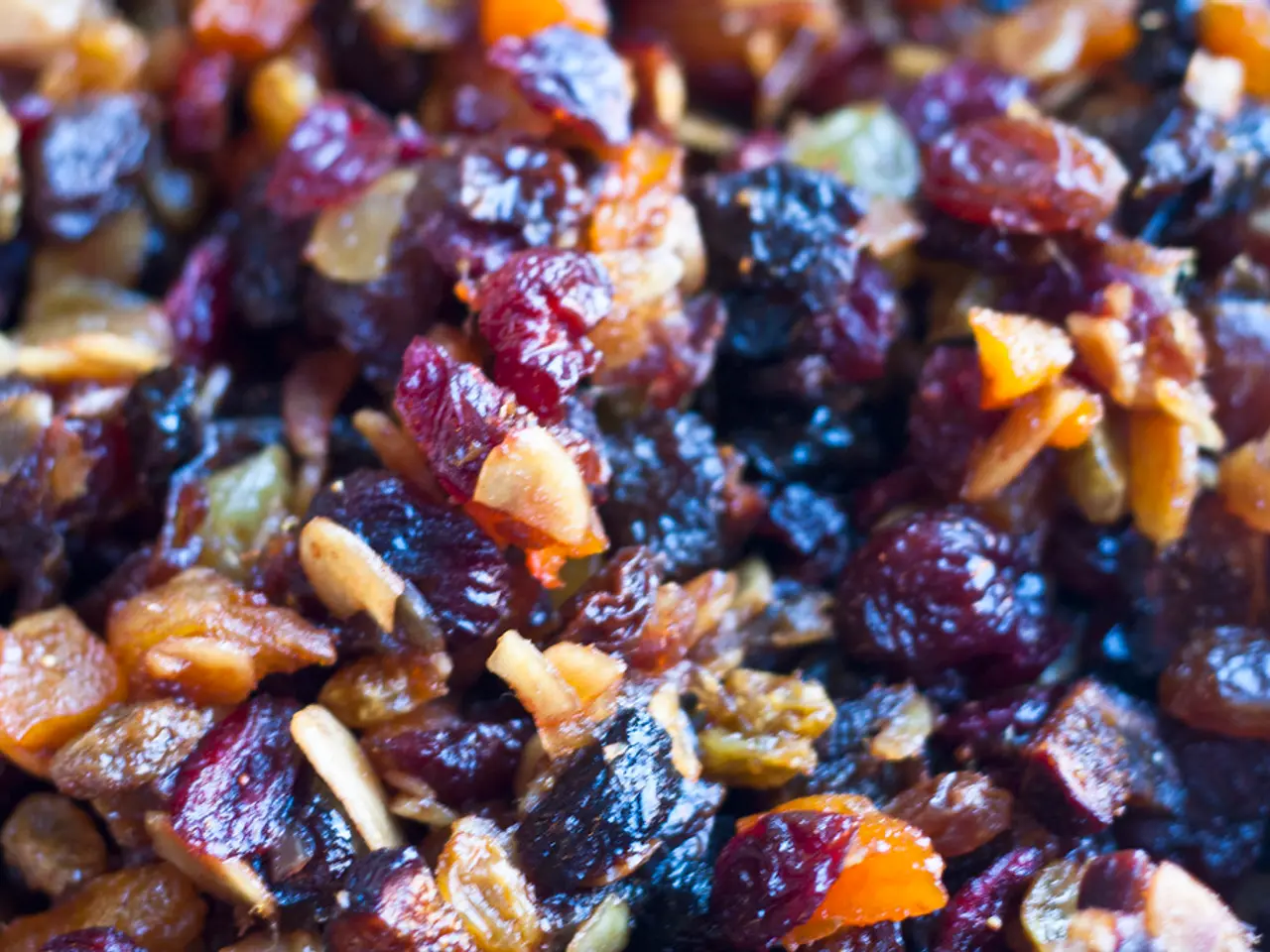Psoriasis and Rosacea: A Comparative Analysis, their Distinct Treatments, and Associated Skin Conditions
In the realm of dermatology, two common skin conditions that cause inflammation and affect millions of people worldwide are psoriasis and rosacea. Despite their similarities, it's essential to understand that neither condition is contagious.
Psoriasis, a multisystem autoimmune disorder, speeds up skin cell growth, resulting in patches of scaling, inflamed skin known as plaques. Commonly appearing between the ages of 15 and 25, this condition affects over 8 million people in the United States. On the other hand, rosacea, which mainly affects the face (though it can spread to the neck, chest, and back), affects over 16 million people in the country.
Rosacea symptoms can include facial redness and flushing that may spread, a burning or tingling sensation, thickened skin, red eyes and eyelids, acne-like rashes or pustules, and symptoms mainly affecting the face and eyelids. The first symptom of rosacea is often a tendency to blush or flush more easily than most people.
Traditional treatments for rosacea focus on topical anti-inflammatories, antibiotics, and laser therapies to reduce redness and inflammation. However, novel systemic agents like the selective JAK1 inhibitor upadacitinib are emerging as promising options that act on inflammation pathways similarly to biologics used in psoriasis. These developments may broaden treatment choices for patients with rosacea who do not respond adequately to conventional therapies.
Topical medications for rosacea include azelaic acid, ivermectin, and tretinoin. Oral antibiotics, such as tetracycline and oxytetracycline, are often prescribed for their anti-inflammatory properties to reduce rosacea symptoms, particularly in more severe cases. Laser and light therapies, like pulsed dye laser, IPL, and low-level laser therapy, reduce visible blood vessels and erythema by damaging dilated vessels and modulating skin inflammation.
Recent pilot studies indicate that selective JAK1 inhibitors, such as upadacitinib, show promise for treating papulopustular rosacea by targeting inflammatory signaling pathways implicated in rosacea pathogenesis. This represents a targeted systemic approach somewhat analogous to biologics used in psoriasis, offering potential improvements in erythema, barrier function, and quality of life.
People with psoriasis have a higher incidence of obesity, diabetes, hypertension, heart disease, and depression. While treating psoriasis often involves corticosteroid creams, vitamin D cream, corticosteroid injections, light therapy, laser treatment, methotrexate, biologics, and suppressing the immune system, the treatments for rosacea vary depending on the form of the condition.
Both conditions can be managed by avoiding stress, cold, windy weather, high alcohol consumption, smoking, skin care products not intended for sensitive skin, some drugs, including beta-blockers and lithium, and spicy food. It's also possible to develop both psoriasis and rosacea, and a dermatologist can offer advice about managing these conditions without aggravating either.
In conclusion, while traditional treatments focus on topical anti-inflammatories, antibiotics, and laser therapies to reduce redness and inflammation, novel systemic agents like the selective JAK1 inhibitor upadacitinib are emerging as promising options that act on inflammation pathways similarly to biologics used in psoriasis. These developments may provide new hope for those suffering from rosacea, offering potential improvements in erythema, barrier function, and quality of life.
- Science and medical advancements have opened up new treatment options for skin conditions like psoriasis and rosacea, with the selective JAK1 inhibitor upadacitinib showing promising results in targeting inflammatory pathways similar to biologics used for psoriasis.
- Despite its similarities to psoriasis, rosacea is a distinct medical-condition that primarily affects the face, although it can spread to other areas, with symptoms like facial redness, thickened skin, and acne-like rashes or pustules.
- Health and wellness practices such as avoiding stress, cold, windy weather, high alcohol consumption, smoking, spicy food, and using skin care products not intended for sensitive skin can help manage both psoriasis and rosacea, as well as other medical conditions like obesity, diabetes, and hypertension often associated with psoriasis.




